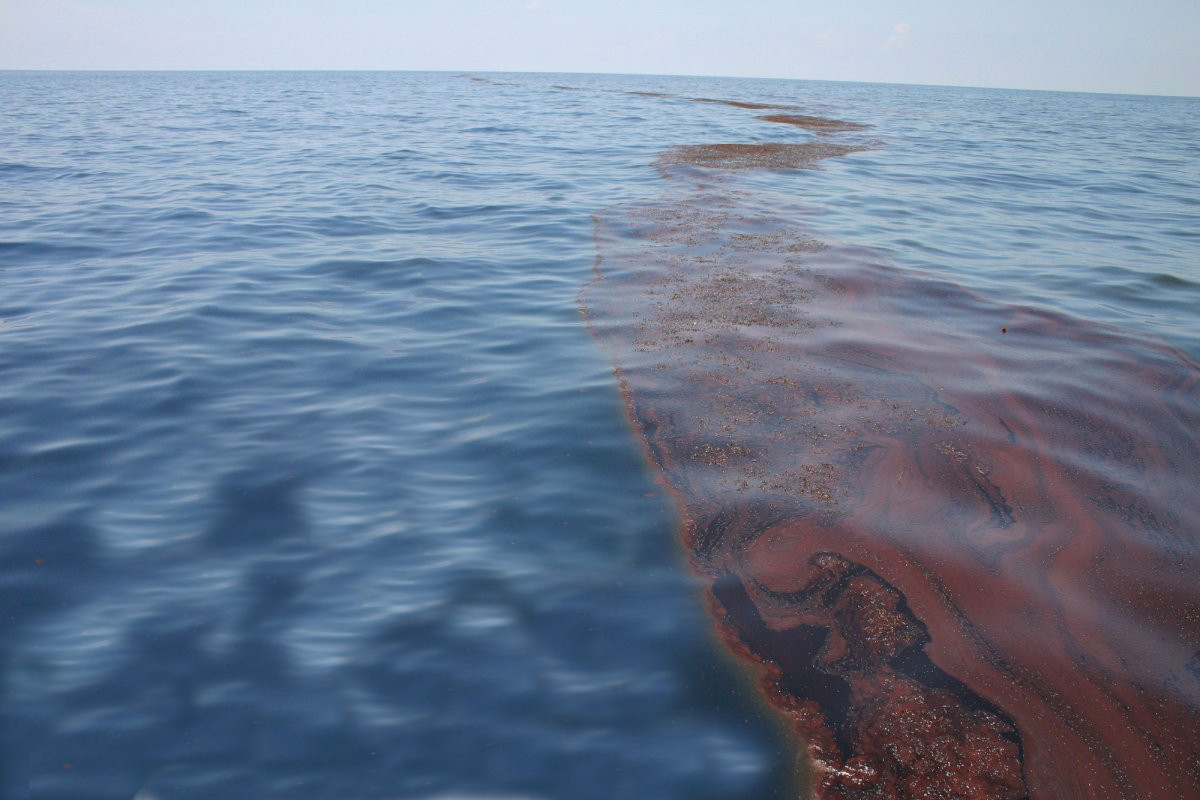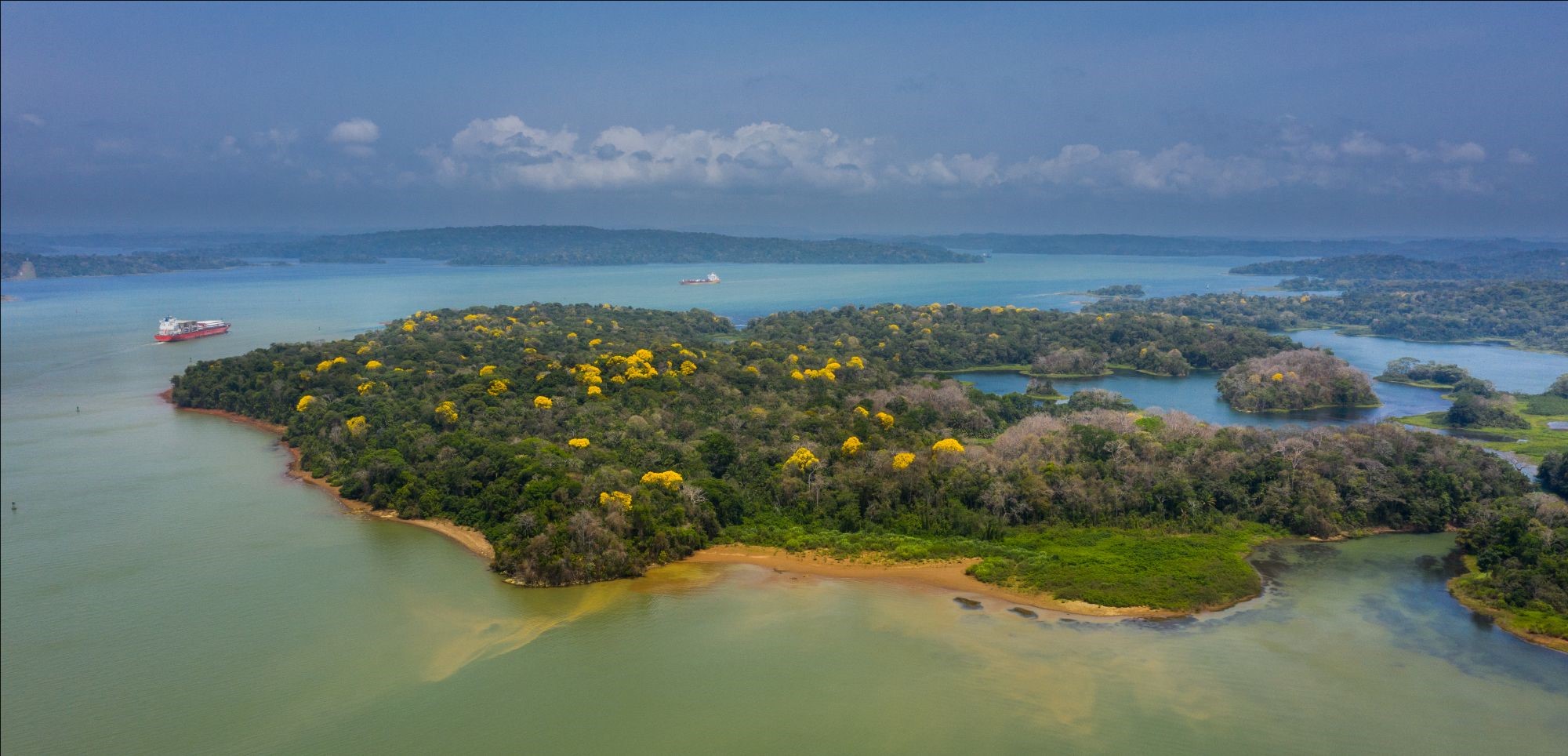Oil is one of the foundations of the current world economy, most countries use this natural product from the subsoil to develop different advantages in variety of derivatives, such as gasoline, through its refinement. Part of the business is to export and import oil in its various presentations and as part of its transfer is necessary the use of shipping.
Oil is sectored on the planet, so it is not everywhere, which is why it is necessary to do excavations in different places and this implies that you have to resort to various types of transport and that in the middle of the transfers is the possibility of accidents occurring by errors and mishaps causing pollution and spills.
So what happens when there is oil spill or black tide? This hydrocarbon spill occurs mainly due to an accident due to improper practice, this causes environmental pollution especially in the sea. These spills attack the ecosystem and cause serious damages to the fauna and the fishing where the incident occurred, in addition it can generate effects in the coasts that endure in the time, also some penalties are involved.
After the hydrocarbon spill on the sea surface, it is necessary to clean as soon as possible to avoid further damage to the ecosystem and spill spreading. Then some of the lost oil is collected. The cost of cleaning up the oil spill depends on the quantity and quality of the oil spilled into the sea.
Costs are calculated based on factors of legal claims, money paid in penalties, oil loss, repairs and cleaning. In addition the most serious effects such as damage on marine loss and human health are incalculable.
Fortunately there is a prevention plan to avoid marine pollution and species loss. This plan is carried on board by most cruise ships and cargo ships, this is known as SOPEP or emergency plan for oil pollution of the ship.
This emergency plan includes a set of standards and guidelines established by the International Maritime Organization under the MEPC (Marine Environment Protection Committee). The crude tonnage requirement for oil tankers, according to SOPEP, is reduced to 150 GT since oil doubles the risk of oil pollution.
The plan contains the following guidelines:
- Duties of each crew member at the time of the spill, including meeting and emergency actions.
- SOPEP contains general information about the ship and its owner.
- Steps and procedures for the discharge of oil into the sea using SOPEP
- In the plan describes the procedure and notification requirement in case of oil spills.
- The authorities must notify port state control, oil cleaning equipment, etc.
- SOPEP includes the drawing of several fuel lines along with other oil lines on board the ship with positioning of the ventilation grilles, storing the trays, etc.
- Also in the SOPEP is the general layout of the ship, which includes the location of all oil tanks with capacity, content, etc.
- The location of the SOPEP closet and the contents inside the closet with an inventory list.



